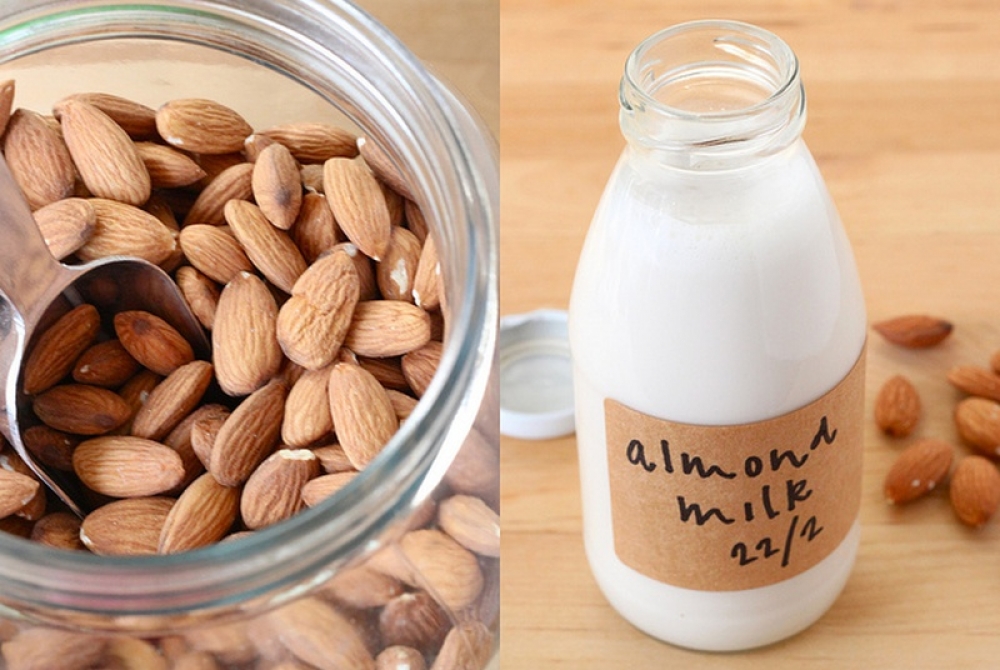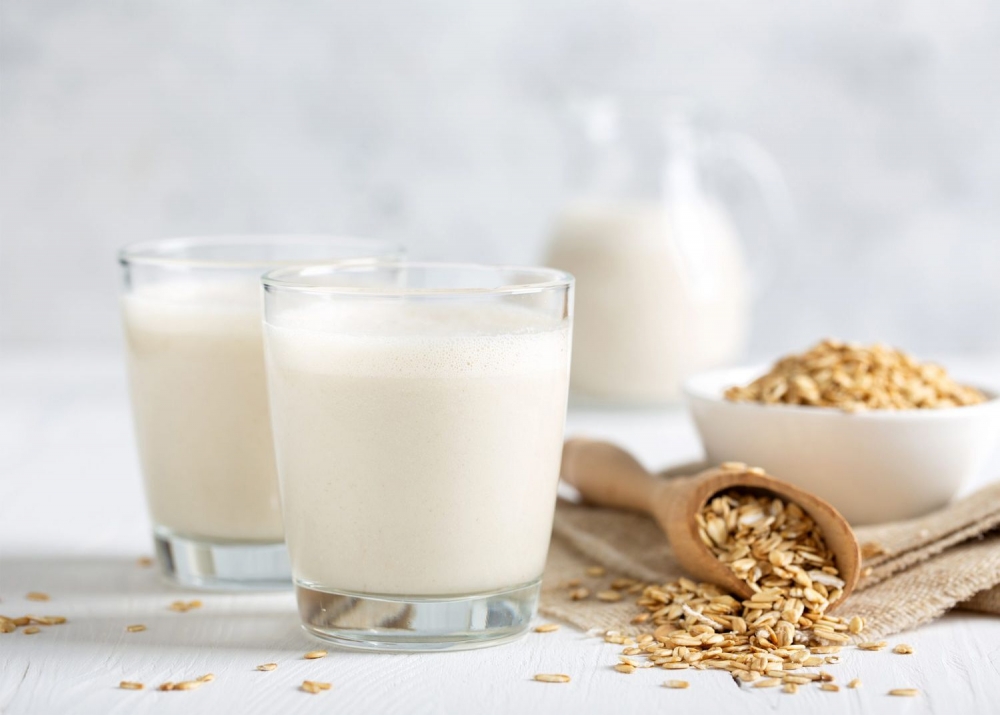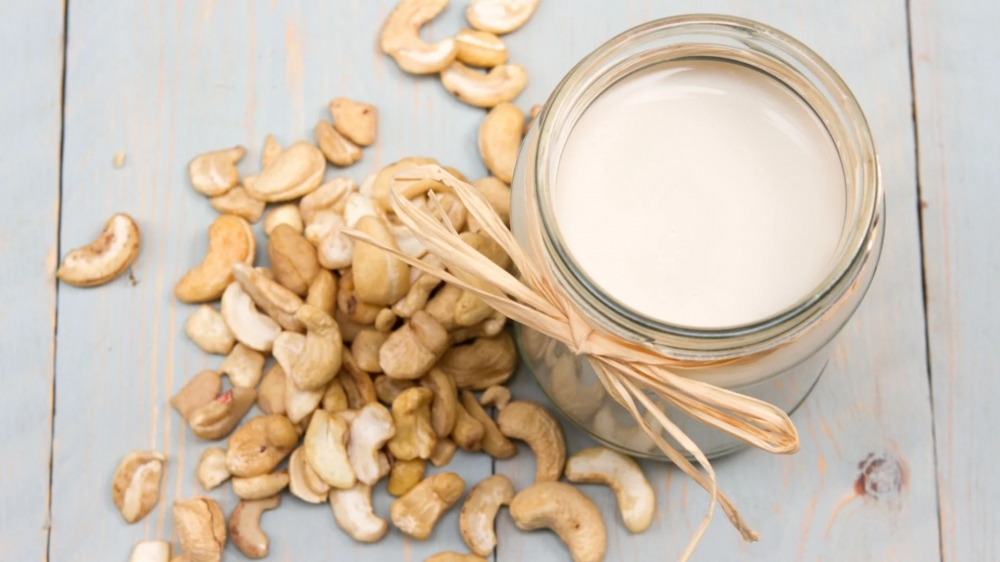Exploring Milk Alternatives: Pros, Cons, and Uses (Almond Milk, Coconut Milk, Oat Milk & More)
22 minutes read
- Milk is a staple in many diets around the world, but with increasing dietary restrictions and preferences, various milk alternatives have gained popularity. This article delves into different kinds of milk alternatives, including regular milk, coconut milk, almond milk, oat milk, and more. We will explore the pros and cons of each type, their availability around the world, their taste and texture, especially when used in baked goods, and other relevant information.
1st July, 2024 at 9:31 pm by Flynn // Image: Food Navigator USA
 Image credit: Healthline
Image credit: Healthline
Regular Milk
Overview
Regular cow's milk is the most commonly consumed type of milk. It is rich in calcium, protein, and essential vitamins.
Pros
- Nutritional Value: High in calcium, vitamin D, and protein.
- Versatile: Can be used in a wide range of recipes, from beverages to baked goods.
- Widely Available: Easily accessible in most parts of the world.
Cons
- Lactose Intolerance: Not suitable for people who are lactose intolerant.
- Allergies: Common allergen, especially among children.
- Sustainability: Dairy farming has a significant environmental impact.
Global Availability
Allowed and widely available in most countries, with exceptions for some individuals based on dietary restrictions or allergies.
Taste and Texture in Baked Goods
Taste: Creamy and slightly sweet.
Texture: Adds moisture and richness to baked goods, resulting in a soft and tender crumb.
 Image credit: Healthline
Image credit: Healthline
Coconut Milk
Overview
Coconut milk is made from the flesh of mature coconuts and is commonly used in Southeast Asian cuisine.
Pros
- Rich Flavor: Adds a distinct, creamy coconut flavor to dishes.
- Dairy-Free: Suitable for those who are lactose intolerant or allergic to dairy.
- Nutrient-Rich: Contains healthy fats and essential nutrients like iron and potassium.
Cons
- Calories: Higher in calories and fat compared to other milk alternatives.
- Allergies: Some people may be allergic to coconuts.
- Flavor: The strong coconut flavor may not be suitable for all recipes.
Global Availability
Widely available in tropical regions and increasingly popular in health food stores worldwide. Some countries may have limited availability.
Taste and Texture in Baked Goods
Taste: Imparts a rich coconut flavor to baked goods.
Texture: Adds moisture and a creamy texture, but can be heavy in some recipes.
 Image credit: Hungry For Change
Image credit: Hungry For Change
Almond Milk
Overview
Almond milk is made from ground almonds and water. It is a popular dairy-free alternative with a mild, nutty flavor.
Pros
- Low Calorie: Typically lower in calories compared to cow's milk.
- Dairy-Free: Suitable for those who are lactose intolerant or allergic to dairy.
- Versatile: Can be used in a variety of recipes, both sweet and savory.
Cons
- Low Protein: Contains less protein than cow's milk.
- Allergies: Not suitable for those with nut allergies.
- Added Ingredients: Some commercial brands may contain added sugars and preservatives.
Global Availability
Widely available in many countries, especially in health food stores and supermarkets.
Taste and Texture in Baked Goods
Taste: Mild, slightly nutty flavor that blends well in most recipes.
Texture: Light and smooth, adding moisture without heaviness.
 Image credit: Allrecipes
Image credit: Allrecipes
Oat Milk
Overview
Oat milk is made from oats and water, offering a creamy texture and mild flavor. It has gained popularity for its environmental benefits and versatility.
Pros
- Eco-Friendly: More sustainable compared to dairy and nut milks.
- Creamy Texture: Excellent for frothing and adding to coffee.
- Dairy-Free: Suitable for those who are lactose intolerant or allergic to dairy.
Cons
- Calories: Higher in calories and carbohydrates compared to some other milk alternatives.
- Gluten: May contain gluten unless certified gluten-free.
- Flavor: Can impart a slightly oaty flavor that may not be suitable for all recipes.
Global Availability
Increasingly available worldwide, especially in health food stores and supermarkets.
Taste and Texture in Baked Goods
Taste: Mild, slightly sweet flavor that works well in both sweet and savory dishes.
Texture: Adds a creamy texture and moisture, enhancing the tenderness of baked goods.
 Image credit: Healthline
Image credit: Healthline
Soy Milk
Overview
Soy milk is made from soybeans and water. It is one of the most popular milk alternatives and is rich in protein.
Pros
- High Protein: Contains a similar amount of protein as cow's milk.
- Versatile: Can be used in a variety of recipes, both sweet and savory.
- Nutrient-Rich: Often fortified with vitamins and minerals.
Cons
- Allergies: Common allergen, especially among children.
- Hormone Concerns: Contains phytoestrogens, which may affect hormone levels in some people.
- Flavor: Some people find the taste less appealing compared to other milk alternatives.
Global Availability
Widely available worldwide, especially in health food stores and supermarkets.
Taste and Texture in Baked Goods
Taste: Mild, slightly bean-like flavor that can be masked in recipes.
Texture: Adds moisture and a slight creaminess to baked goods.
 Image credit: The Spruce Eats
Image credit: The Spruce Eats
Rice Milk
Overview
Rice milk is made from milled rice and water. It is a light and sweet milk alternative that is often fortified with vitamins and minerals.
Pros
- Hypoallergenic: Suitable for those with dairy, soy, or nut allergies.
- Light Flavor: Mild and naturally sweet.
- Dairy-Free: Suitable for those who are lactose intolerant or allergic to dairy.
Cons
- Low Protein: Contains less protein than cow's milk.
- High Carbs: Higher in carbohydrates compared to other milk alternatives.
- Thin Texture: May be too watery for some recipes.
Global Availability
Widely available in many countries, especially in health food stores and supermarkets.
Taste and Texture in Baked Goods
Taste: Mild and naturally sweet, blending well in most recipes.
Texture: Light and thin, adding moisture without heaviness.
 Image credit: Dr. Segal's
Image credit: Dr. Segal's
Cashew Milk
Overview
Cashew milk is made from cashews and water. It is a creamy and slightly sweet milk alternative that is gaining popularity.
Pros
- Creamy Texture: Adds a rich, creamy texture to recipes.
- Dairy-Free: Suitable for those who are lactose intolerant or allergic to dairy.
- Nutrient-Rich: Contains healthy fats and essential nutrients.
Cons
- Low Protein: Contains less protein than cow's milk.
- Allergies: Not suitable for those with nut allergies.
- Flavor: The nutty flavor may not be suitable for all recipes.
Global Availability
Increasingly available worldwide, especially in health food stores and supermarkets.
Taste and Texture in Baked Goods
Taste: Mild, slightly nutty flavor that blends well in most recipes.
Texture: Adds a creamy texture and moisture to baked goods.